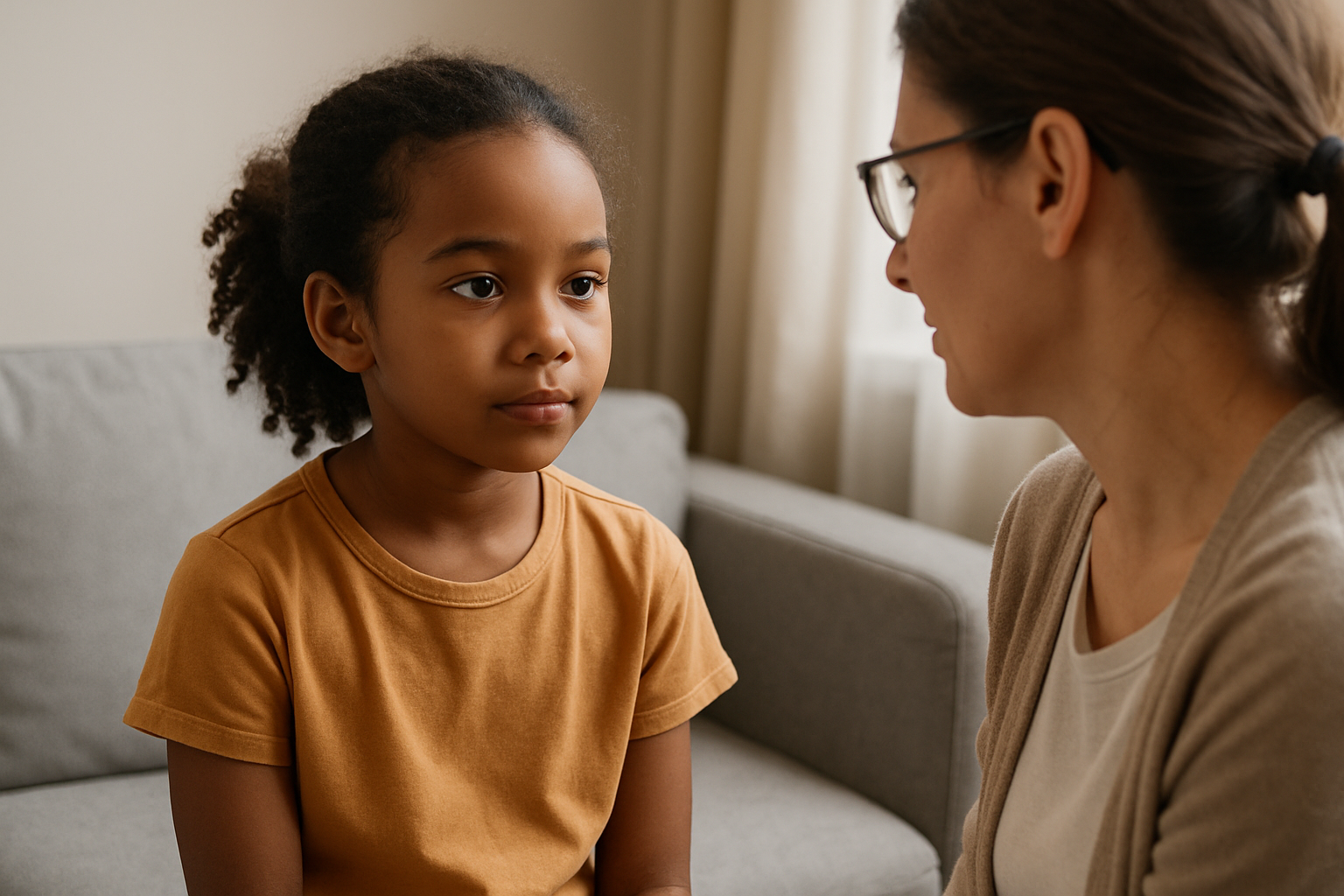Respect is a foundational value that shapes how children interact with others and view the world. It goes beyond good manners—it’s about recognizing the value in people, differences, boundaries, and responsibilities. When children are taught to respect themselves and others, they build stronger relationships, navigate social situations with ease, and grow into kind, empathetic individuals. In this article, you’ll learn how to teach respect through everyday actions and consistent guidance.
1. Define What Respect Looks Like
Children often hear the word “respect,” but may not understand what it actually means. Start by breaking it down into age-appropriate examples
Ways to explain it:
- “Respect means treating people the way you want to be treated”
- “It means listening when someone is speaking”
- “It means taking care of things we share, like toys and books”
Giving real-life examples helps them grasp the concept clearly
2. Model Respect in Your Own Behavior
Children learn more from what you do than what you say. Treating others respectfully—especially during disagreements—shows them what true respect looks like
Ways to model respect:
- Speak kindly even when you’re frustrated
- Listen without interrupting
- Treat service workers, family members, and your child with the same level of respect
When they see you practicing respect, they’re more likely to copy it
3. Use Respectful Language at Home
The words you use around your child set the tone for how they communicate with others
Encourage phrases like:
- “Please” and “thank you”
- “Excuse me” and “May I?”
- “I disagree, but I’ll listen to your point”
Correct rude or dismissive tones gently and explain how respectful language helps everyone feel heard
4. Teach Respect for Differences
Children are naturally curious and observant. Use that curiosity to help them respect people of different backgrounds, beliefs, and lifestyles
Ways to teach it:
- Read books with diverse characters
- Talk about differences in race, religion, abilities, and cultures in age-appropriate ways
- Answer questions honestly and without judgment
Respecting diversity is an essential part of growing into an open-minded adult
5. Establish Clear Boundaries and Expectations
Children need to understand what respectful behavior looks like in your home, school, and social settings
Set expectations such as:
- “We don’t interrupt when someone is talking”
- “We don’t touch other people’s things without asking”
- “We listen when someone says ‘stop’ or ‘no’”
Be consistent and follow through when boundaries are crossed
6. Encourage Empathy and Perspective-Taking
Empathy is a powerful tool in teaching respect. Help your child understand how others feel in various situations
Try this:
- “How would you feel if that happened to you?”
- “What do you think your friend felt when you ignored them?”
- “Let’s imagine how they saw that moment”
The more your child practices empathy, the more naturally respect will follow
7. Praise Respectful Behavior
Positive reinforcement helps respectful behavior become a habit. Let your child know when you see them making good choices
Phrases to use:
- “I noticed how you waited your turn—great job showing respect”
- “You listened to your sister without interrupting. That was kind”
- “Thanks for using a calm voice to talk about your feelings”
Be specific so they understand what actions to repeat
8. Help Them Handle Disrespect—Theirs and Others’
Children will sometimes act disrespectfully or be treated disrespectfully. These moments are opportunities to learn
When they’re disrespectful:
- Stay calm and correct the behavior with kindness
- Use it as a chance to talk: “What made you react that way?”
- Guide them to apologize and make amends
When others are disrespectful to them:
- Teach them to speak up calmly: “Please don’t talk to me like that”
- Discuss it later: “How did it make you feel, and what can we do next time?”
These lessons help build confidence and self-respect
9. Show That Respect Extends to Nature and Property
Respect doesn’t stop with people—it includes the world around us
Teach your child to:
- Pick up after themselves
- Care for animals and plants
- Use materials and toys with care
This builds a sense of responsibility and gratitude
10. Be Patient and Consistent
Like any life skill, learning respect takes time, repetition, and guidance. Children won’t always get it right—but every moment is a teaching moment
Remember:
- Don’t expect perfection
- Revisit the concept regularly
- Lead with compassion and consistency
Respect Builds Stronger People and Communities
Respect is more than a rule—it’s a value that shapes how children treat others and themselves. When you teach and model respect consistently, you’re giving your child the tools to build healthy relationships, understand the world with empathy, and become a thoughtful, kind human being. It all starts at home—with the everyday moments that matter most
